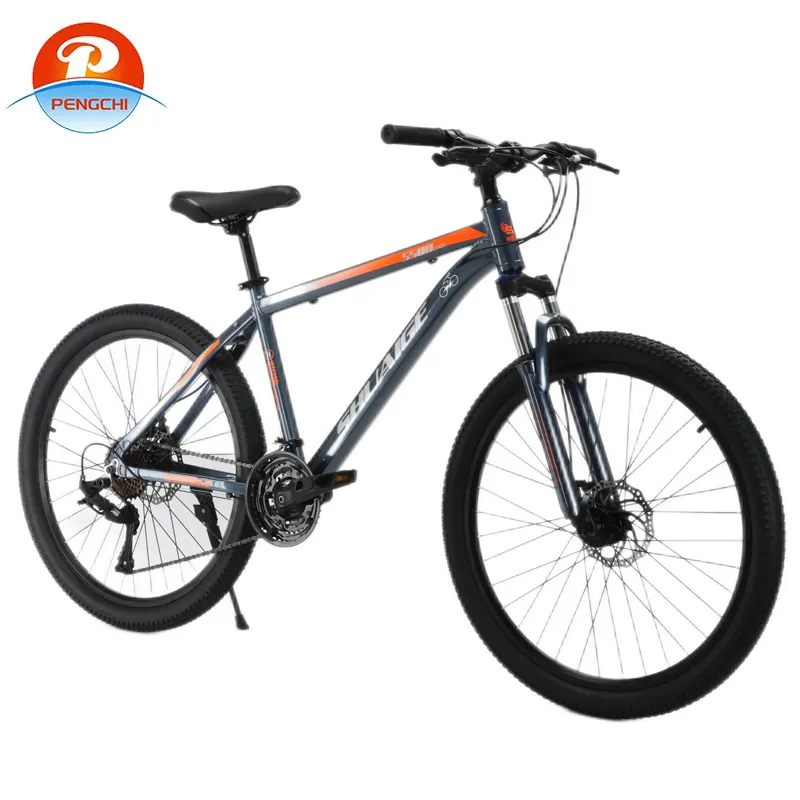
-
 Afrikaans
Afrikaans -
 Arabic
Arabic -
 Belarusian
Belarusian -
 Bengali
Bengali -
 Bulgarian
Bulgarian -
 Croatian
Croatian -
 Czech
Czech -
 Danish
Danish -
 Dutch
Dutch -
 English
English -
 Finnish
Finnish -
 French
French -
 German
German -
 Greek
Greek -
 hawaiian
hawaiian -
 Hebrew
Hebrew -
 Hindi
Hindi -
 Hungarian
Hungarian -
 Indonesian
Indonesian -
 irish
irish -
 Italian
Italian -
 Japanese
Japanese -
 Javanese
Javanese -
 kazakh
kazakh -
 Khmer
Khmer -
 Korean
Korean -
 Kyrgyz
Kyrgyz -
 Lao
Lao -
 Latin
Latin -
 Luxembourgish
Luxembourgish -
 Malay
Malay -
 Myanmar
Myanmar -
 Norwegian
Norwegian -
 Persian
Persian -
 Polish
Polish -
 Portuguese
Portuguese -
 Romanian
Romanian -
 Russian
Russian -
 Serbian
Serbian -
 Slovak
Slovak -
 Somali
Somali -
 Spanish
Spanish -
 Swedish
Swedish -
 Tagalog
Tagalog -
 Thai
Thai -
 Turkish
Turkish -
 Turkmen
Turkmen -
 Ukrainian
Ukrainian -
 Uighur
Uighur -
 Vietnamese
Vietnamese
أكتوبر . 10, 2024 02:23 Back to list
Guidelines for Choosing the Right Size Bicycle for Kids
Measuring for Children's Bikes A Comprehensive Guide
When it comes to purchasing a child's bike, ensuring the right fit is vital for safety and comfort. Riding a bike should be an enjoyable experience; however, an ill-fitting bike can lead to accidents and discourage your child from wanting to ride. This article aims to guide parents and guardians on how to properly measure for children's bikes, fostering a positive biking experience.
Understanding Bike Sizes
Children's bikes come in various sizes, generally categorized by wheel diameter. The most common wheel sizes for children's bikes are 12, 14, 16, 20, and 24. These sizes correlate with the child’s height and age, but it is essential to measure your child accurately to ensure the best fit.
How to Measure Your Child for a Bike
1. Height The first step is to measure your child’s height. This can be done by having your child stand against a wall, with their heels touching the wall. Use a tape measure to find the height in inches or centimeters. As a rule of thumb, each wheel size corresponds to a range of heights. For instance, a 12 bike typically fits children who are 2 to 4 years old and 3'0 to 3'5 tall, while a 24 bike suits those aged 8 to 12 years and standing between 4'5 and 4'9.
2. Inseam The inseam measurement is equally significant. It indicates how far your child’s legs can reach. To measure the inseam, have your child stand with their back against the wall, legs slightly apart. Use a book or a ruler, placing it between their legs, and measure from the top of the book/ruler to the floor. This measurement helps ensure that your child can comfortably and safely stand over the bike frame while reaching the pedals.
measuring for children's bikes

3. Test Ride If possible, have your child sit on the bike before making a purchase. They should be able to touch the ground with the tips of their toes while seated, giving them confidence and control. A good rule of thumb is to have at least one inch of clearance between the child and the top tube of the bike frame when standing.
Choosing the Right Bike
After gathering the measurements, it’s time to shop! Consider the type of bike based on your child’s riding experience. For beginners, a single-speed or balance bike may be appropriate to build confidence. More advanced riders may benefit from gears and additional features.
Safety Gear
Don’t forget to invest in safety gear such as helmets, knee pads, and elbow pads. Proper equipment is essential in ensuring your child’s safety while riding. Ensure that the helmet fits snugly and is appropriate for their head size.
Conclusion
In conclusion, measuring for a child’s bike is a critical step that should not be overlooked. By taking accurate height and inseam measurements and allowing your child to test ride the bike, you can ensure a safe and enjoyable cycling experience. Remember, the right fit not only enhances your child’s confidence but also makes biking an exciting outdoor activity. So gear up, measure up, and enjoy the ride together!
-
Top Kids Bike with gpt-4-turbo AI for Safe Rides
NewsAug.02,2025
-
Premium Titanium Road Bike: Lightweight & Durable
NewsAug.01,2025
-
Red Black BMX Bike with GPT-4-Turbo AI Tech
NewsJul.31,2025
-
New Red Anti-theft E-Bike | Easy Ride City Commuter
NewsJul.31,2025
-
BMX 20 Inch Bikes for Freestyle & Street | Fat Tire Options Available
NewsJul.30,2025
-
322 High Quality 26 Inch 21 Speed Adult Mountain Bike OEM MTB
NewsJul.29,2025

